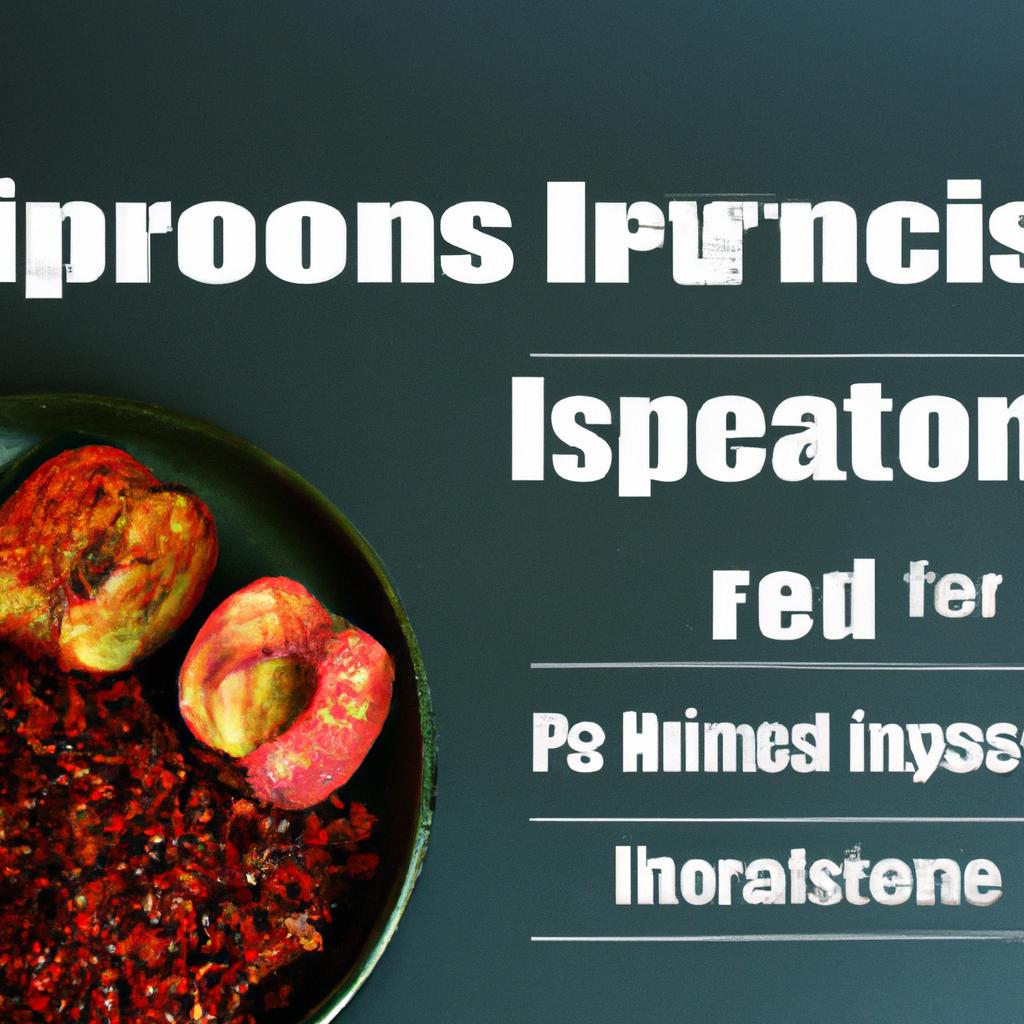**”The Role of Plant-Based Iron in Athletic Performance: Strategies for Ensuring Adequate Intake to Support Energy Levels and Recovery”**
The Role of Plant-Based Iron in Athletic Performance: Strategies for Ensuring Adequate Intake to Support Energy Levels and Recovery
Athletic performance is significantly influenced by nutrition, and one of the essential nutrients that athletes often overlook is iron. While many people associate iron with red meat and animal products, plant-based sources of iron can effectively support energy levels and recovery in athletes. This blog post will explore the importance of plant-based iron, strategies for ensuring adequate intake, and how it contributes to enhanced athletic performance.
Understanding Plant-Based Iron
Types of Iron
Iron exists in two forms: heme and non-heme. Heme iron is found in animal products, while non-heme iron is present in plant-based foods. Moreover, heme iron is absorbed more efficiently by the body—approximately 15-35%—compared to non-heme iron, which has a lower absorption rate of about 2-20%. Therefore, athletes who primarily consume plant-based diets must be strategic in their iron intake to meet their needs.
The Importance of Iron for Athletes
Iron plays a crucial role in various bodily functions, particularly in oxygen transport and energy metabolism. Consequently, inadequate iron levels can lead to fatigue, decreased endurance, and impaired recovery. Athletes, especially those engaged in endurance sports, are at a higher risk of iron deficiency due to increased iron losses through sweat, urine, and the physical demands of their training.
Strategies for Ensuring Adequate Intake
Incorporating Iron-Rich Foods
To meet their iron needs, athletes should focus on including a variety of plant-based foods rich in non-heme iron. Some excellent sources include:
– **Legumes**: Lentils, chickpeas, and beans are not only rich in iron but also packed with protein and fiber.
– **Nuts and Seeds**: Pumpkin seeds, cashews, and almonds provide a healthy dose of iron along with beneficial fats.
– **Whole Grains**: Quinoa, brown rice, and whole wheat products can contribute significantly to iron intake.
Furthermore, dark leafy greens such as spinach and kale are also great sources. However, it’s essential to note that some plant-based sources contain compounds called phytates, which can inhibit iron absorption. Therefore, soaking, sprouting, or fermenting these foods can enhance their bioavailability.
Pairing Foods for Better Absorption
To maximize iron absorption from plant-based sources, it is beneficial to pair iron-rich foods with vitamin C-rich foods. For instance, consuming lentils with bell peppers, or a spinach salad with citrus dressing, can significantly enhance non-heme iron absorption. In addition, cooking in cast-iron cookware can also increase the iron content of the food being prepared, thus further supporting dietary intake.
Exercise Advice for Optimal Iron Levels
Timing of Iron Intake
Athletes may benefit from strategically timing their iron-rich meals around their training sessions. Consuming a meal rich in iron a few hours before exercising can help ensure that iron levels are optimized for performance. On the other hand, consuming iron-rich foods immediately before or after a workout may not be ideal, as intense exercise can sometimes interfere with digestion and absorption.
Monitoring Iron Levels
Regular monitoring of iron levels is crucial for athletes, especially those following a plant-based diet. Blood tests can help determine if an athlete is at risk for iron deficiency. If levels are low, it may be necessary to increase iron intake through food or consider supplements. However, it’s essential to consult with a healthcare professional before starting any supplementation, as excessive iron can lead to toxicity.
Health Benefits of Adequate Iron Intake
Enhanced Energy Levels
Adequate iron intake is vital for maintaining energy levels during workouts and competitions. With sufficient iron, athletes can transport oxygen more efficiently to their muscles, ultimately improving endurance and performance. Consequently, athletes who prioritize their iron intake often experience less fatigue and can train harder for longer periods.
Improved Recovery
In addition to supporting energy levels, iron also plays a role in recovery. After intense workouts, the body needs to repair tissues and restore muscle function. Iron is crucial in producing hemoglobin, which helps transport nutrients to the muscles. Therefore, maintaining optimal iron levels can facilitate quicker recovery times, allowing athletes to return to their training regimens sooner.
Conclusion
In conclusion, plant-based iron plays a pivotal role in athletic performance, particularly for those who follow vegetarian or vegan diets. By incorporating a variety of iron-rich foods, pairing them with vitamin C for better absorption, and monitoring iron levels regularly, athletes can ensure they meet their iron needs. Furthermore, understanding the importance of iron can lead to enhanced energy levels and improved recovery, ultimately supporting an athlete’s overall performance. Therefore, prioritizing plant-based iron intake is a strategic approach for athletes looking to excel in their sports while maintaining a healthy diet.
FAQ
What are the main differences between heme and non-heme iron?
Heme iron is found in animal products and is absorbed more efficiently by the body, with an absorption rate of approximately 15-35%. In contrast, non-heme iron is present in plant-based foods and has a lower absorption rate of about 2-20%. This difference means that athletes who primarily consume plant-based diets need to be strategic in ensuring adequate iron intake from non-heme sources.
How can athletes enhance iron absorption from plant-based foods?
Athletes can enhance iron absorption by pairing iron-rich foods with vitamin C-rich foods. For example, consuming lentils with bell peppers or a spinach salad with citrus dressing can significantly improve non-heme iron absorption. Additionally, cooking with cast-iron cookware can increase the iron content of the food, further supporting dietary intake.
Why is monitoring iron levels important for athletes on plant-based diets?
Monitoring iron levels is crucial for athletes, especially those on plant-based diets, as they are at a higher risk of iron deficiency due to increased iron losses through sweat and the physical demands of training. Regular blood tests can help determine iron levels, and if they are low, athletes may need to increase their iron intake through food or supplements, always under the guidance of a healthcare professional to avoid toxicity.















Post Comment